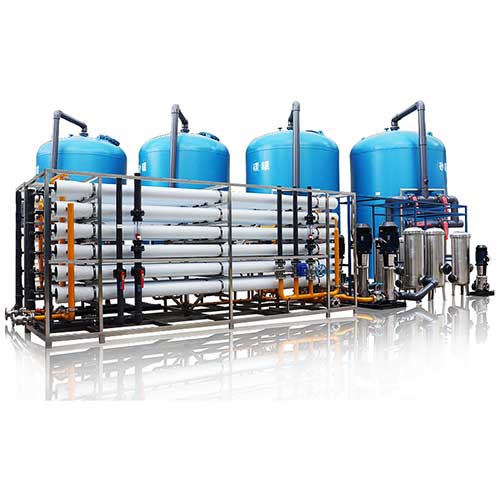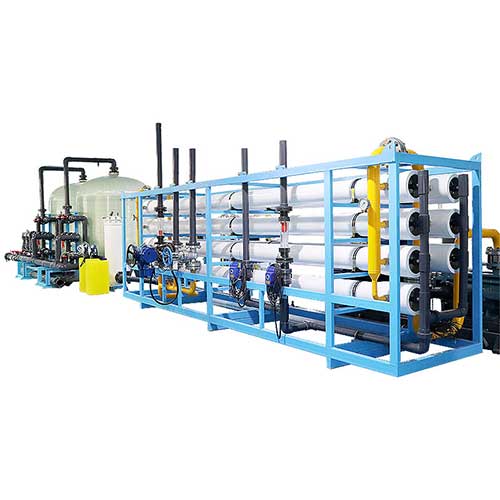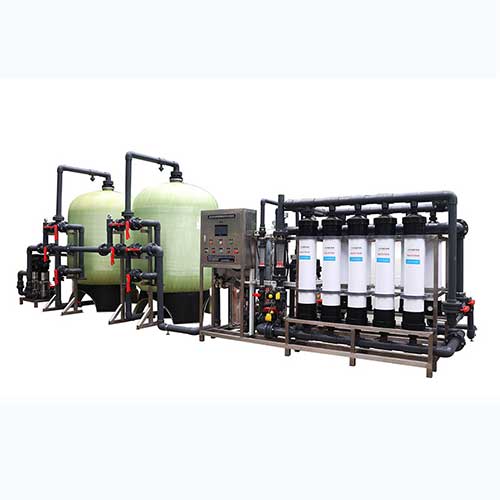In this article we will explain Desalination and Water Treatment and also we will show some of our sea water and brackish water desalination system.
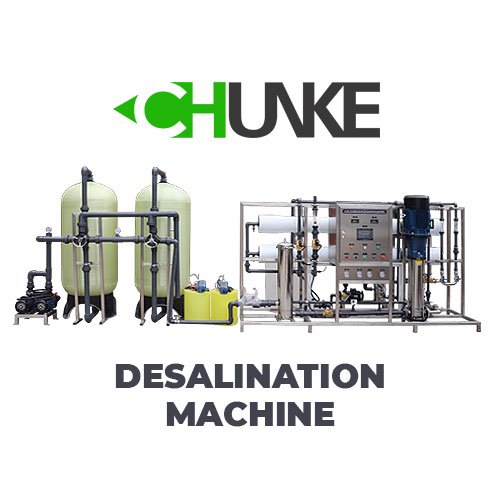
Access to clean and safe water is a fundamental human right, yet many regions around the world struggle with water scarcity and poor water quality. As the global population continues to grow, the demand for freshwater increases, posing significant challenges to ensure an adequate and sustainable water supply. Desalination and water treatment technologies have emerged as promising solutions to address these challenges. This essay explores the importance of desalination and water treatment in the context of sustainable water management.
Understanding Desalination
Desalination is the process of removing salt and other impurities from seawater or brackish water to produce freshwater suitable for various purposes, including drinking, irrigation, and industrial use. There are several desalination methods, including reverse osmosis (RO), thermal distillation, and electrodialysis.
Reverse osmosis, the most common desalination method, involves forcing seawater through a semipermeable membrane that allows water molecules to pass through while blocking salts and other impurities. This process requires energy but has become more energy-efficient over the years.
What Is Reverse Osmosis Water Desalination System?
Reverse osmosis (RO) desalination is a widely used method of desalinating seawater or brackish water to produce freshwater. It is an effective and efficient process that utilizes a semipermeable membrane to remove salts, minerals, and other impurities from the water.
The reverse osmosis desalination system works by applying pressure to the feed water, typically seawater, and forcing it through the semipermeable membrane. The membrane has very small pores that allow water molecules to pass through while blocking the passage of dissolved salts and other contaminants. This separation process is based on the principle of osmosis, where water naturally flows from an area of lower salt concentration to an area of higher salt concentration.
The key components of a reverse osmosis desalination and water treatment system include:
Pretreatment
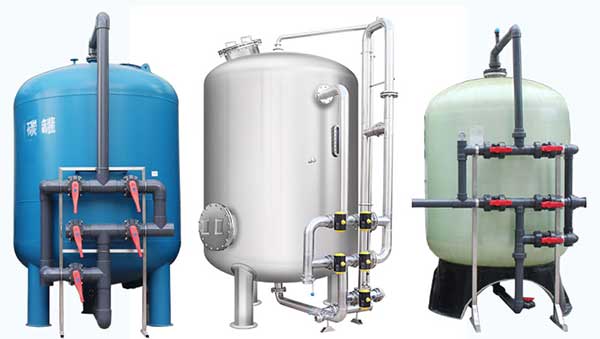
Prior to entering the reverse osmosis unit, the feed water undergoes pretreatment processes to remove larger particles, suspended solids, and organic matter. This helps protect the membrane from fouling and extends its lifespan.
High-Pressure Pump

The feed water is pressurized using a high-pressure pump to overcome the osmotic pressure and force it through the semipermeable membrane. So, the pump increases the pressure on the feed side of the membrane to achieve the desired flow rate and separation efficiency.
Semipermeable Membrane
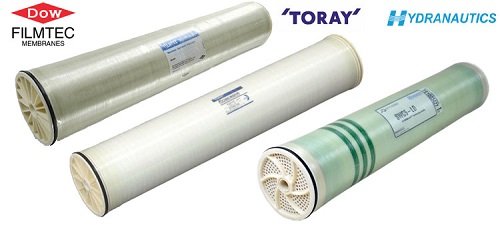
The heart of the reverse osmosis system is the semipermeable membrane. It is typically made of thin film composite (TFC) or cellulose acetate material. The membrane allows water molecules to pass through while rejecting the salts, minerals, and other contaminants present in the feed water.
Permeate and Concentrate Stream
The feed water is divided into two streams during the reverse osmosis process. The purified water that passes through the membrane is known as permeate, while the concentrated solution containing the rejected salts and impurities is called the concentrate or brine. The concentrate is typically discharged or further treated for proper disposal in desalination and water treatment plant.
Post-Treatment
After the reverse osmosis process, the permeate may undergo additional treatment steps, such as remineralization or disinfection, to enhance its quality and make it suitable for various applications, including drinking water or industrial use.
Reverse osmosis desalination systems offer several advantages, including high removal rates for salts and contaminants, energy efficiency, and scalability. However, they also face challenges, such as the need for proper pretreatment to prevent membrane fouling, the energy requirements for the high-pressure pumping, and the disposal of the concentrate stream.
Benefits of Desalination
Desalination offers numerous benefits in addressing water scarcity and improving water quality:
Diversifying Water Sources: Desalination provides an additional source of freshwater, reducing dependence on traditional sources such as rivers and groundwater. This diversification strengthens water security and mitigates the risks associated with climate change and population growth.
Access to Safe Drinking Water: Desalinated water undergoes rigorous treatment processes, ensuring its safety and compliance with drinking water standards. This is particularly crucial in areas where freshwater sources are contaminated or limited. So, desalination and water treatment becomes more important.
Agricultural and Industrial Use: Desalinated water can be used for irrigation, supporting agricultural production in arid regions. It can also meet the water demands of industries, facilitating economic growth and development.
Environmental Sustainability: Desalination reduces the strain on existing freshwater sources, preserving ecosystems and protecting biodiversity. Moreover, modern desalination technologies are becoming more energy-efficient, minimizing their carbon footprint.
Challenges and Limitations
While desalination offers significant advantages, it also faces certain challenges and limitations:
Energy Consumption: Desalination processes require substantial energy inputs, primarily for pumping seawater and operating treatment systems. This energy demand contributes to greenhouse gas emissions and can strain local power grids if not managed effectively.
High Costs: Desalination plants require significant investments in infrastructure, maintenance, and operation. The costs associated with desalinated water production are generally higher compared to conventional water sources. However, advancements in technology and economies of scale are driving down costs, making desalination more affordable.
Environmental Impacts: The disposal of concentrated brine, a byproduct of desalination, can harm marine ecosystems if not properly managed. Additionally, the intake of seawater during the desalination process can inadvertently harm marine organisms. Mitigation measures such as improved intake and discharge designs can minimize these impacts.
Water Treatment Technologies
Desalination and water treatment plays a vital role in ensuring the quality and safety of freshwater supplies. It involves various processes to remove contaminants, including physical, chemical, and biological treatment methods.
Filtration: Filtration involves passing water through porous materials to remove suspended particles, sediment, and larger impurities. This process can be achieved through sand filters, activated carbon filters, or membrane filtration.
Disinfection: Disinfection is crucial to eliminate harmful microorganisms, such as bacteria, viruses, and parasites, from water. Common disinfection methods include chlorination, UV irradiation, and ozonation.
Coagulation and Flocculation: Coagulation involves adding chemicals to water to destabilize suspended particles, while flocculation promotes.

